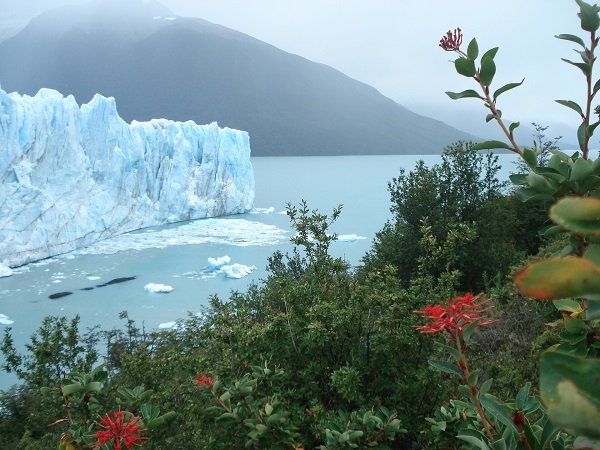New York, (Samajweekly) The current global temperatures on Earth are unprecedented in the last 24,000 years, since the last ice age, according to a new study.
In the study, a team from University of Arizona created maps of global temperature changes for every 200-year interval going back 24,000 years.
The results showed that the main drivers of climate change since the last ice age are rising greenhouse gas concentrations and the retreat of the ice sheets.
It suggested that a general warming trend over the last 10,000 years, settled a decade-long debate about whether this period trended warmer or cooler in the paleoclimatology community.
Further, the study published in the journal Nature also showed that the magnitude and rate warming over the last 150 years far surpassed the magnitude and rate of changes over the last 24,000 years.
“This reconstruction suggests that current temperatures are unprecedented in 24,000 years, and also suggests that the speed of human-caused global warming is faster than anything we’ve seen in that same time,” said Jessica Tierney, a geosciences associate professor at the varsity.
“The fact that we’re today so far out of bounds of what we might consider normal is cause for alarm and should be surprising to everybody,” added lead study author Matthew Osman, a geosciences postdoctoral researcher also from the varsity.
To reconstruct past temperatures, the team combined two independent datasets-temperature data from marine sediments and computer simulations of climate-to create a more complete picture of the past.
The researchers looked at the chemical signatures of marine sediments to get information about past temperatures. Because temperature changes over time can affect the chemistry of a long-dead animal’s shell, paleoclimatologists can use those measurements to estimate temperature in an area. It’s not a perfect thermometer, but it’s a starting point.
Computer-simulated climate models, on the other hand, provide temperature information based on scientists’ best understanding of the physics of the climate system, which also isn’t perfect.
Now, the team is working on using their method to investigate climate changes even farther in the past.









